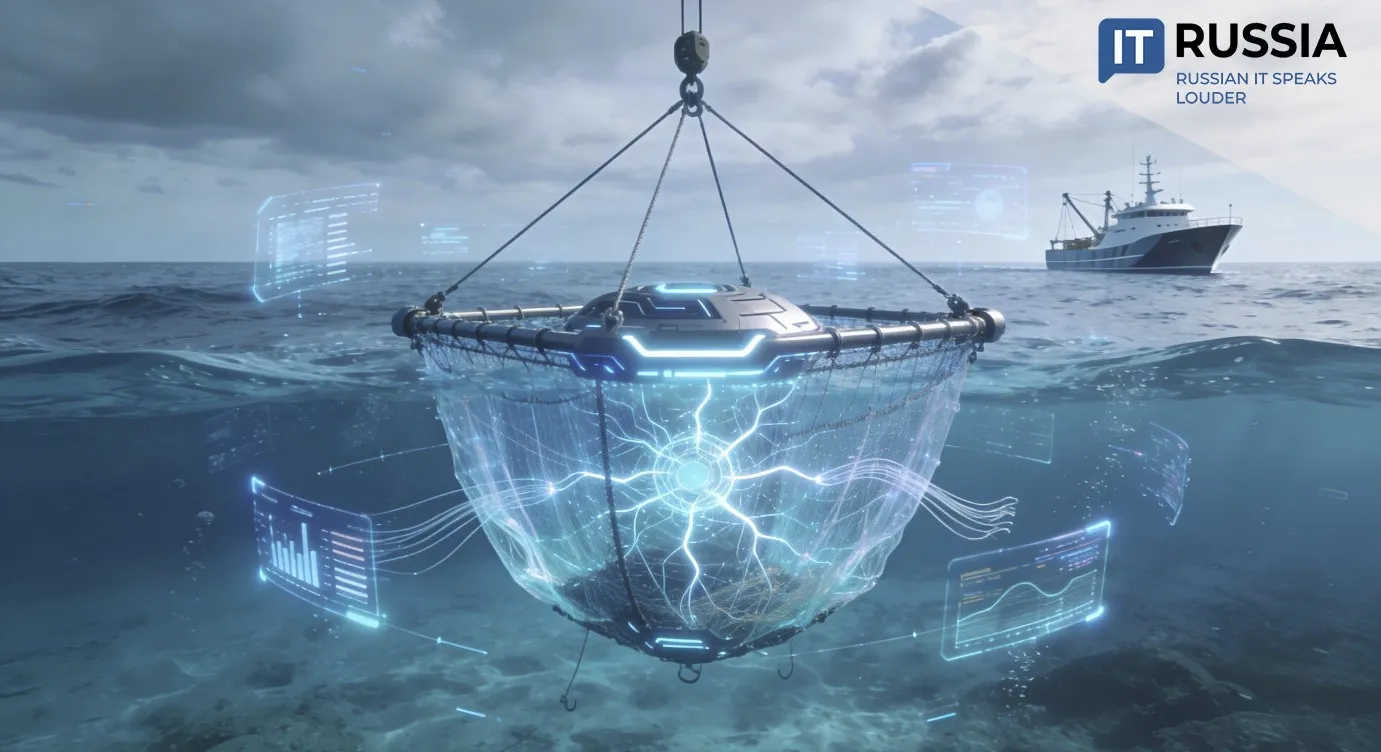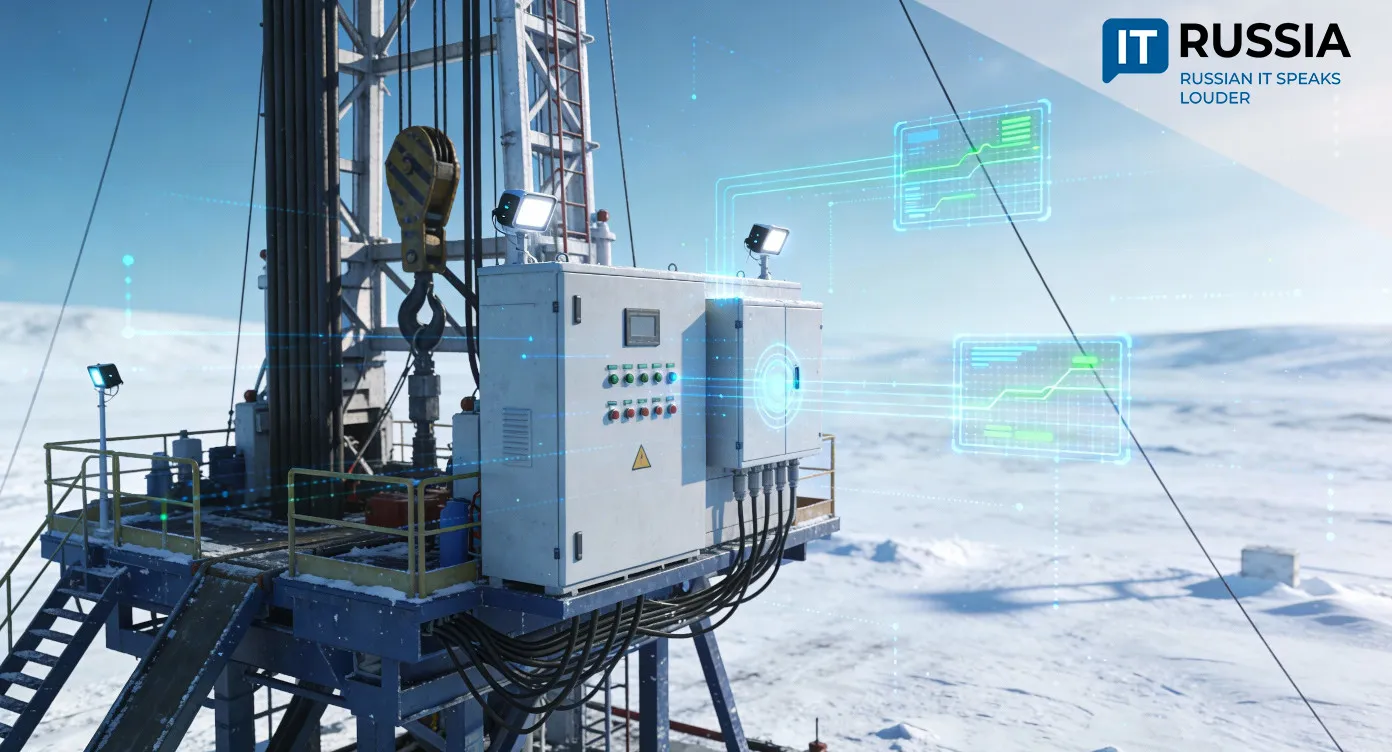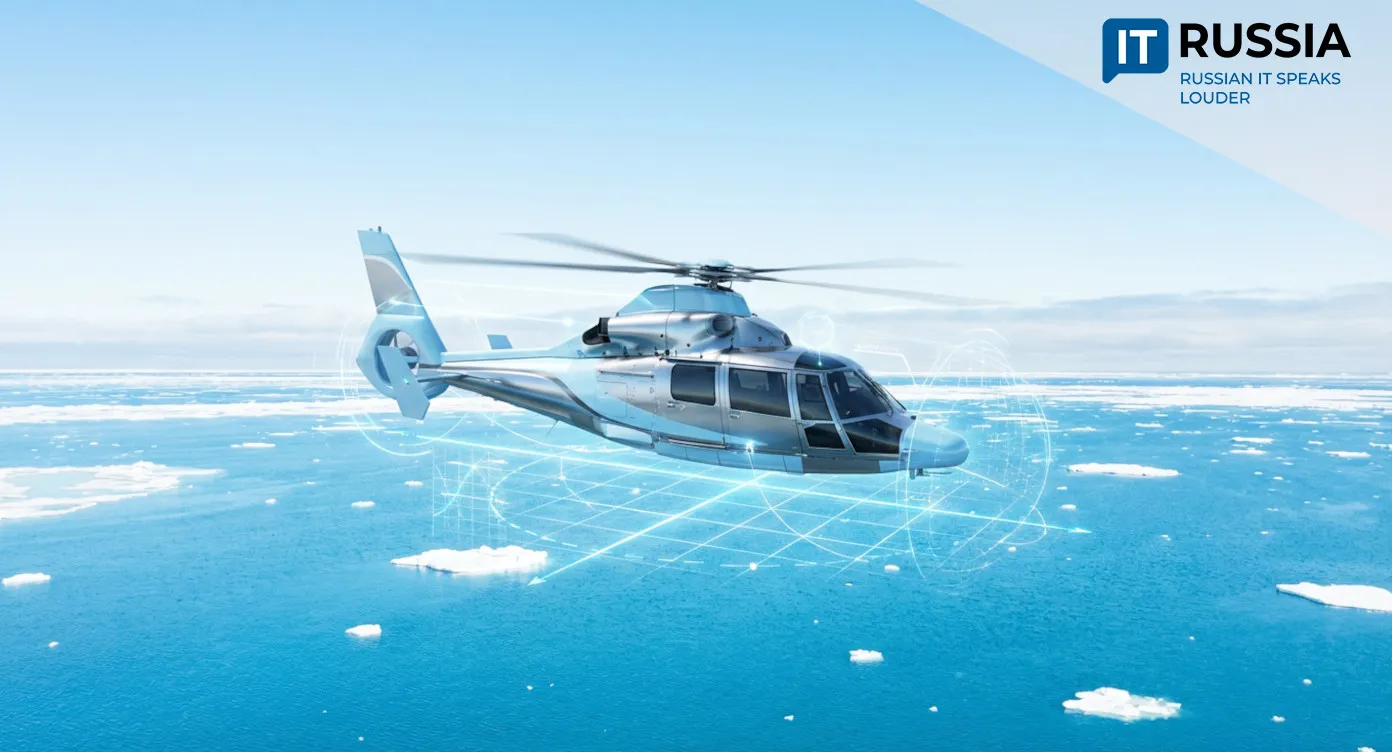Drones at the Service of Permafrost Logistics

By 2026, the number of regular unmanned flight routes in Yakutia will grow to about 20, turning the extreme north into a testing ground for innovative logistics and engineering boldness.
Extreme Logistics
A new chapter began in summer 2025 when drones first took on the Yakutsk–Nizhny Bestyakh route, crossing the Lena River and providing fast, reliable delivery to remote settlements. Within just a couple of weeks, nearly 200 flights delivered more than 140 kilograms of cargo—ranging from small parcels to life-saving medicines. By autumn, six more routes will be added, and by 2026 the 'Air Ferry' initiative will evolve into a sustainable network of about 20 hubs.
The project carries enormous significance. For local residents, it eliminates reliance on ferries and complex crossings, dramatically improving access to goods and services. For Yakutia, it breaks down logistical barriers, creates jobs, fosters startups, and drives new infrastructure, including compact 'droneports' as small as 10×10 meters. For Russia, it is a real-world experiment in permafrost conditions, opening unique opportunities to scale unmanned technologies to other hard-to-reach regions.
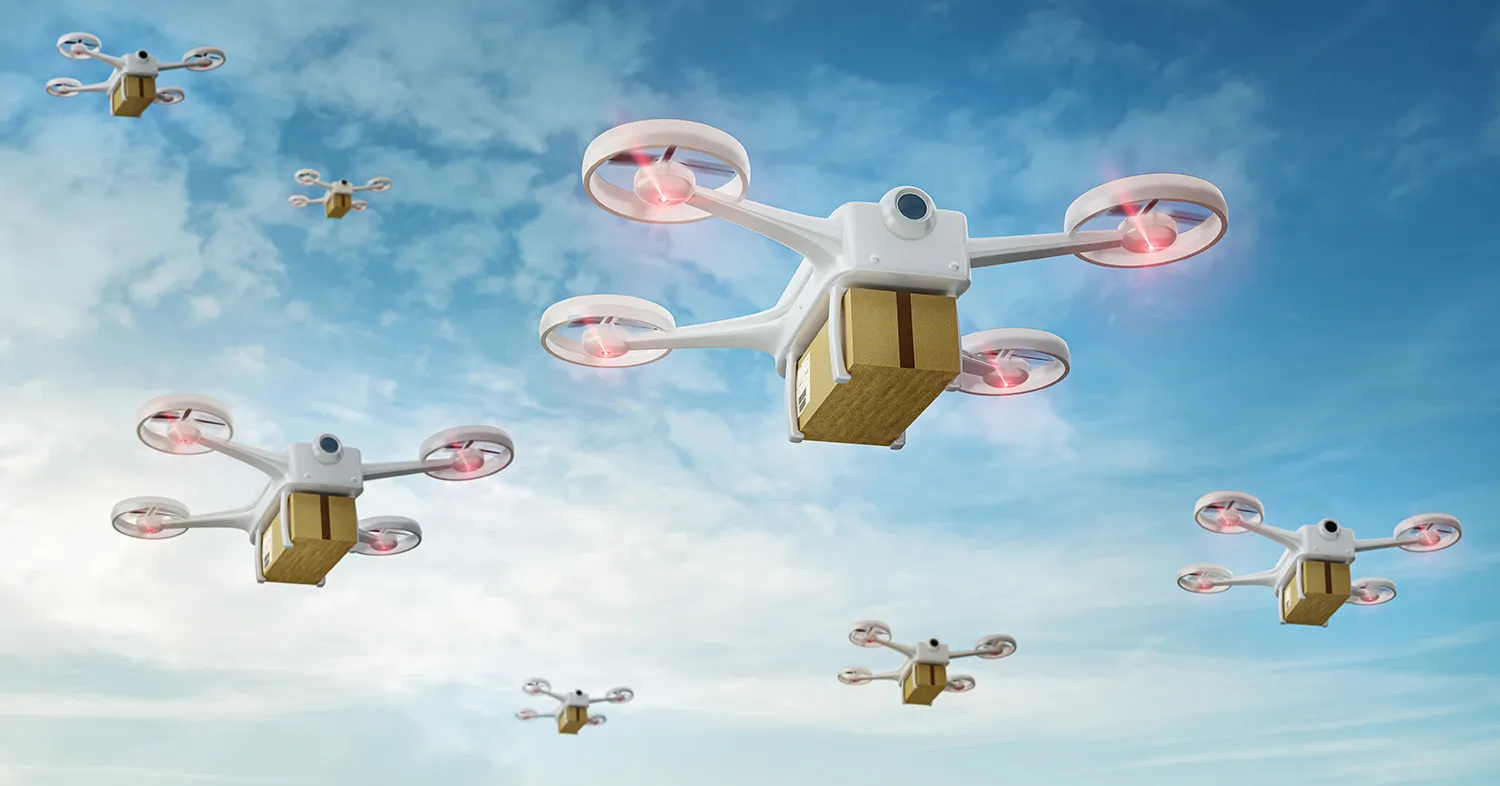
Setting Standards for Arctic Aviation
Russia’s drone delivery model is especially attractive to countries with harsh climates and weak infrastructure. Arctic territories, island nations, and permafrost zones—where traditional logistics struggles—could benefit from Yakutia’s exportable know-how. If economic viability and technological resilience are achieved, 'Air Ferry'-style projects will become sought-after in the global autonomous delivery market.
Domestically, the initiative is not limited to Yakutia. The model can be adapted to dozens of northern and far eastern regions, with small droneports scaled to tundra settlements, mountain villages, and Arctic outposts. The range of deliveries is also expanding—from consumer goods to medicines, documents, and lab samples. Meanwhile, the supporting ground infrastructure is nurturing a new profession: drone operators.
Yakutia’s government has already launched a dedicated training program at its aviation technical school, preparing operators and 'external pilots' for the new industry. This workforce pipeline ensures safe operations and positions drone logistics as a full-fledged sector of the regional economy.
Local Experience and Global Parallels
The 'Air Ferry' is not Russia’s first drone logistics experiment but it is the most ambitious in Arctic conditions. Over the past five years, projects in Siberia and the Far East tested drone delivery of medicines to remote areas. Only in Yakutia, however, have drones gained recognition as regular transport integrated into regional logistics.
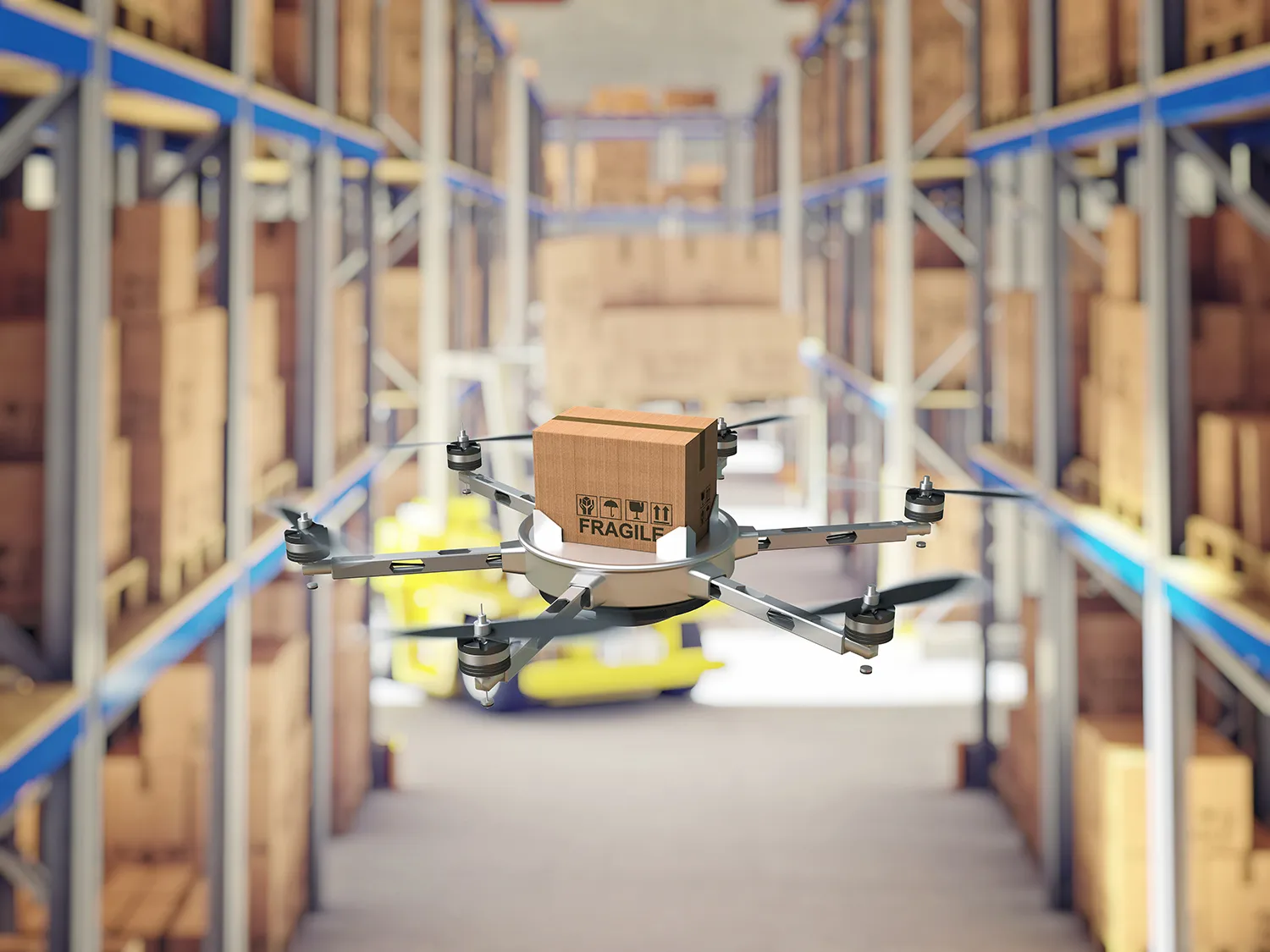
International parallels validate this model: Switzerland uses drones for urgent blood transport between hospitals, Japan deploys them for deliveries in mountain regions, and in Asia drones are already embedded in urban logistics. Russia is not only catching up but offering original solutions tailored to extreme climates.
Integration with the ERA-Glonass satellite system is particularly significant. Starting March 2026, all drone flights will be tracked in real time—improving safety, enabling flight management, and shaping a unique regulatory framework for future development.
Infrastructure is another technological frontier. Building compact droneports creates logistical hubs that speed up route launches, reduce lead times, and increase the agility of the delivery network.
Skies for Drones, Talent for the Industry
The 'Air Ferry' project has set the trajectory for unmanned technology development in Russia and beyond. Its technological, social, and educational impact is evident. Regional governments, tech parks, and innovation funds are collaborating to scale and integrate these solutions further.
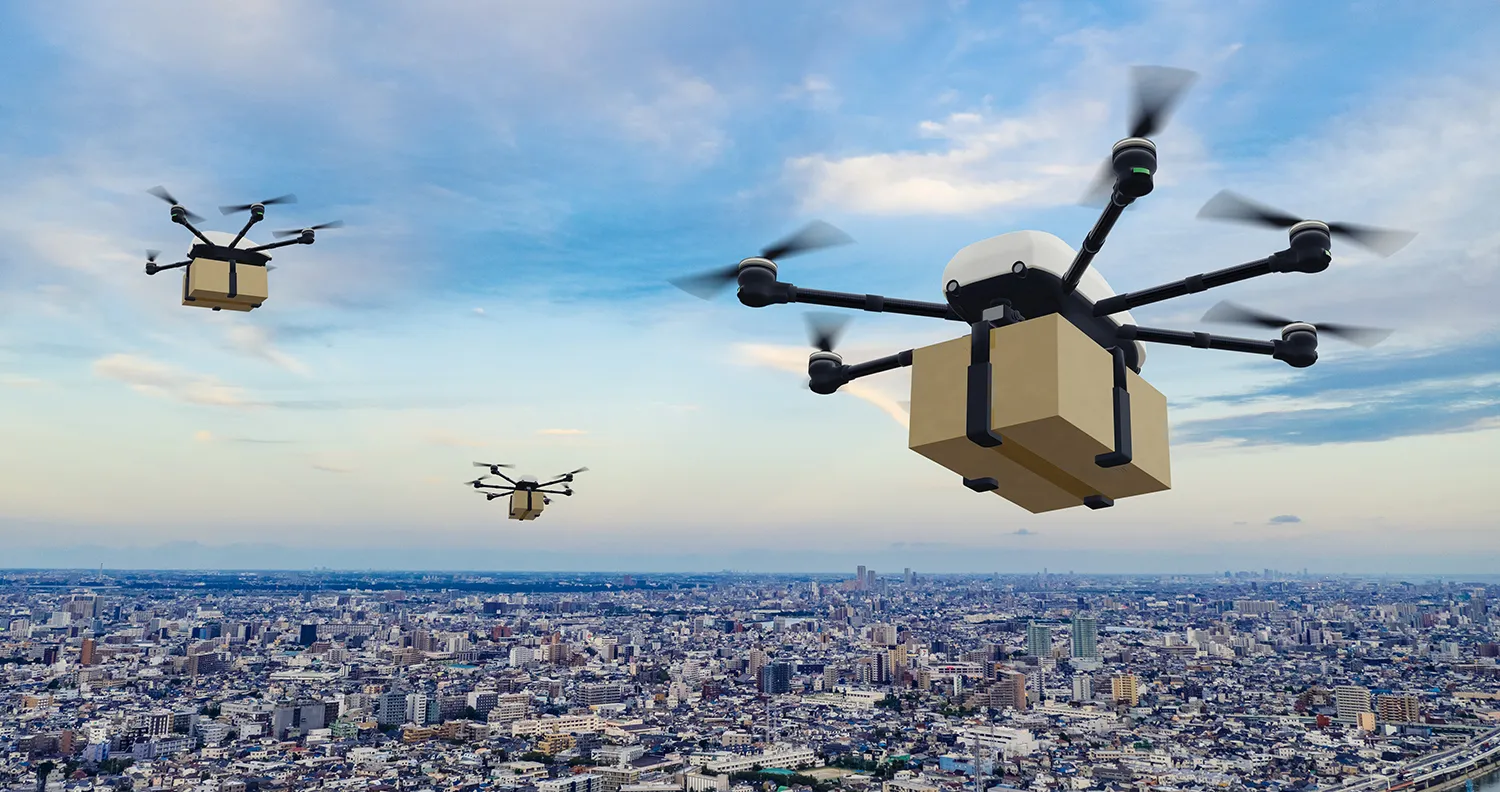
If successful, the model could expand across Arctic and remote Russian regions and eventually be adapted for international projects in extreme climate zones. Drone delivery will no longer be seen as futuristic—it will become part of everyday life even where conventional logistics fails. Yakutia is poised to be the first proving ground for this transformation.






